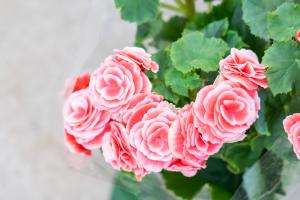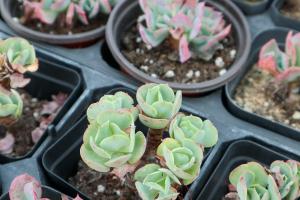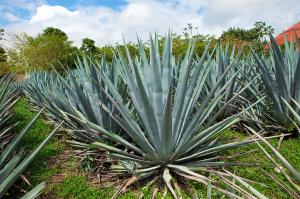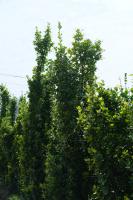Introduction
Potted mint plants are a popular choice for gardeners who wish to add some fragrant greenery to their homes. Mint plants are easy to care for and require minimal maintenance. In this article, we will share tips on how to care for potted mint plants.
Light and Temperature
Mint plants thrive in bright, indirect light. Ideally, they should receive around 6 hours of sunlight per day. However, too much sun can cause the leaves to wilt and turn brown. It is best to place your potted mint plant near a south or west-facing window, but make sure to avoid exposing it to direct sunlight.
Temperature is another important factor to consider when caring for your mint plant. The ideal temperature range for mint plants is between 60-80°F (15-26°C). Keep in mind that mint plants do not tolerate extreme heat or cold, so make sure to place your plant away from any vents or drafts.
Watering and Soil
As with most plants, overwatering can lead to root rot, while underwatering can cause the plant to wilt and become stunted. A good rule of thumb is to water your mint plant when the topsoil feels dry to the touch. Make sure to water the plant thoroughly and allow excess water to drain out of the pot.
Mint plants prefer well-draining soil that is rich in organic matter. You can make your own potting mix by combining equal parts of compost, peat moss, and perlite. Make sure to use a container with drainage holes to prevent water from pooling in the soil.
Fertilizer and Pruning
Mint plants are heavy feeders and benefit from regular fertilization. You can use a balanced fertilizer every 4-6 weeks during the growing season (spring and summer). Make sure to follow the instructions on the fertilizer package and avoid over-fertilizing, as this can cause the plant to become leggy and produce fewer leaves.
Pruning your mint plant is also essential for maintaining its shape and health. Pinch off the tips of the stems every few weeks to encourage branching and promote bushy growth. You can also remove any yellow or damaged leaves to prevent disease spread.
Pests and Diseases
Mint plants are relatively pest-free, but they can be susceptible to spider mites and aphids. Use insecticidal soap or neem oil to control minor infestations. You can also attract beneficial insects, such as ladybugs and lacewings, to help keep pest populations in check.
Diseases such as powdery mildew and root rot can also affect mint plants. To prevent these issues, make sure to provide proper airflow and avoid overwatering. If your plant shows symptoms of disease, prune off infected leaves and treat the plant with a fungicide.
Conclusion
Caring for a potted mint plant is easy and enjoyable. By following these tips, you can enjoy a healthy and thriving mint plant that adds both beauty and flavor to your home. Remember to provide adequate light, water, and nutrients, and keep an eye out for pests and diseases. Happy gardening!

 how many times do yo...
how many times do yo... how many planted tre...
how many planted tre... how many pine trees ...
how many pine trees ... how many pecan trees...
how many pecan trees... how many plants comp...
how many plants comp... how many plants can ...
how many plants can ... how many plants and ...
how many plants and ... how many pepper plan...
how many pepper plan...

































